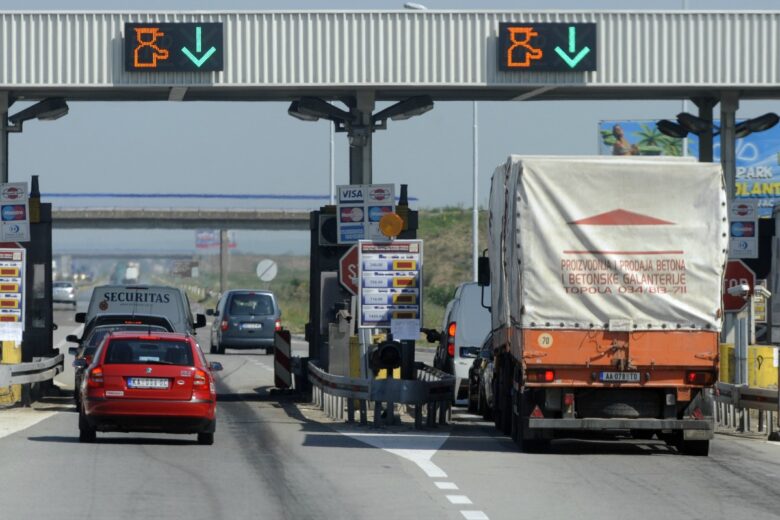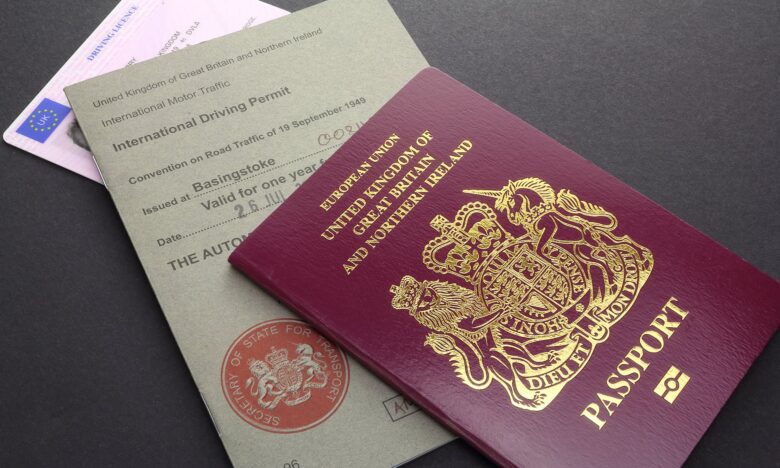Traveling Europe is everyone’s dream. It is a continent that offers everything you want. From beautiful beaches and ski resorts to gorgeous nature, all the way to some of the most beautiful cities in the world. We all want to visit Spain, Italy, France, which are among the most visited countries in the world. But no less interesting are Germany, the Czech Republic, the Netherlands, the Scandinavian countries, and many others.
In Europe, basically, all countries are safe and that is why it is ideal to make a road trip across the continent. Although the entire European Union, and beyond, is very well connected by various means of transport, such as trains, buses, and planes, still nothing offers us independence and comfort like our own car. That is why many choose to rent a car. However, many rules are different than in the USA or Australia for example, so these are things to know when renting a car in Europe.
1. Get ready to drive with a manual transmission

Unlike the USA, where over 90 percent, and according to some data over 95 percent of cars have automatic transmissions, this is not the case in Europe. Cars with manual transmission still dominate the market overseas, which is why you will mostly find such vehicles when you want to rent them. If you do not have a problem driving a car with a manual transmission, then our advice is to choose that one instead of automatic. And we tell you that because it can happen that a car with an automatic transmission is more expensive, sometimes even twice as expensive. So either chooses a manual or book in advance online.
That way you will know what the price is, whether it is much more expensive or not. And because of the small number of vehicles available with an automatic transmission, it is safest to book while you are still home. You will only that way be so sure that it will be available once you arrive at your destination and want to pick up the car. During the peak tourist season, it is impossible to find an automatic without a prior reservation.
2. Watch out for pick-up and drop-off locations

Many people choose not to return the vehicle to the place where it was picked up because it is more practical because of the itinerary. However, it can be much more complicated and expensive than in the USA. Although the member states of the European Union have open borders with each other and many other things that resemble the USA states, it is still not the same. So you can take the car to one place and leave it in another if you do it all inside Spain.
But if you plan to take the car to Spain and leave it in Portugal, it can be very expensive. You will definitely have to pay a fee even though it is within the same state, and if it is outside, it will probably be too expensive for you. So if you really have to do that, choose a car rental company that has branches in many countries because that’s the only way it won’t cost you too much. For example, Rent Luxe Car is one of such companies, which has branches all over Europe. Visit rentluxecar.com and you can check which are all the locations.
3. Learn about the tolls system in advance

Tolls are different in every country in Europe and this can be confusing and even lead to problems. In many countries, there is something called vignettes and you must buy it at the entrance to that country, otherwise, you will pay a fine. But there are no vignettes that apply to the entire territory of the European Union or similar, but you have to buy a new one in every country. In other countries, it is charged in other ways, usually by taking a receipt at the first toll, and when you leave, then you pay.
There are also automatic toll devices that you do not have to stop to pay, but it is automatically scanned. Many car rental companies will offer you this device. Also, be prepared for prices to vary greatly. While it is very cheap in Hungary and some other countries, for example, you will be surprised how expensive it is in Croatia. That’s why it’s essential to check for each country separately.
4. Acquire an international driving permit

In many countries, your driver’s license should be sufficient, but in order not to have problems, it is best to obtain an international driver’s license, which is valid in most countries around the world. It is possible that the police will ask you to show it if they stop you, as well as many car rental companies, will require it. That’s why it’s important to have this, and it will only cost you a few tens of dollars. And it is important to know that it is not a valid document in the sense that you can show it for identification purposes. You must have a passport as well as a driver’s license, and this only confirms that you can drive internationally. Also, check traffic laws wherever you plan to go.
5. Do not rely solely on GPS navigation

Most cars today have GPS navigation, and even if they don’t, you’ll get GPS with the car when you rent it. You can also use your smartphone for these purposes. But don’t let that be your only source. In Europe, GPS is not as accurate as in the USA and this can confuse many drivers. This is especially true if you drive in rural areas. It will be most useful to you, but read additional information on the Internet and ask the locals. Also, the GPS may not show certain parts of the cities where you are not allowed to drive or park and this may result in you having to pay a large fine. So check in advance what the rules are. For example, in cities like Rome and Paris, there are parts of the city where you can only drive with a special permit.
Conclusion:
These are some of the basic things you need to know when renting a car in Europe. Basically, you shouldn’t have any problem, especially if you stick to these things we told you. Just obey the laws, drive safely, and enjoy the journey.



